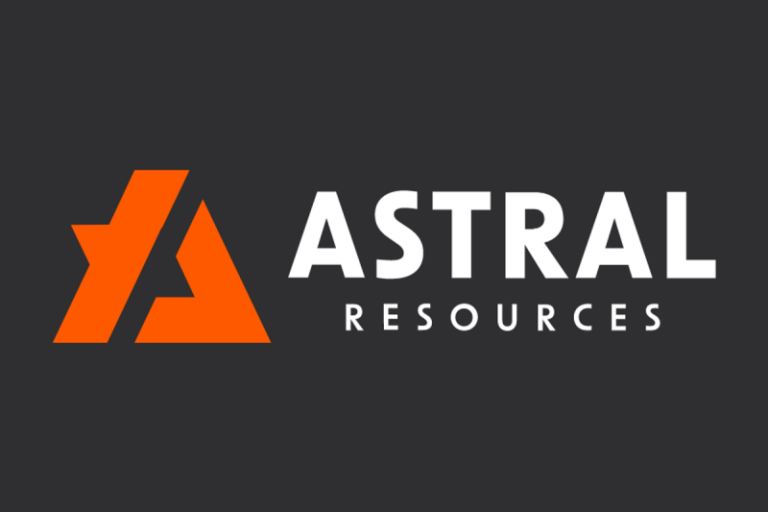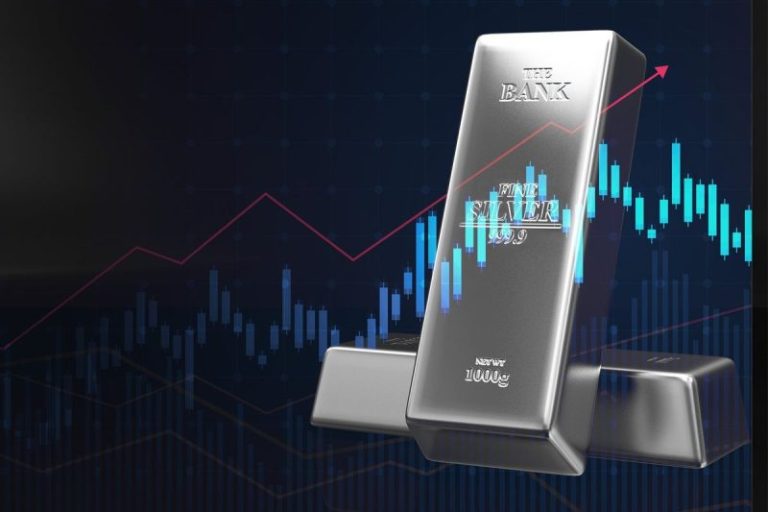Here’s a quick recap of some of the most impactful resource sector news items for the week.
The period saw the Ontario government back the Marathon copper-palladium project, while Rio Tinto (ASX:RIO,NYSE:RIO,LSE:RIO) opened up a US$2 billion iron ore mine. Elsewhere, Indonesia suspended nickel mining in a protected region, and Chile debuted a solar-powered model to cut water-pumping energy use in mining.
Marathon project gets shovel-ready nod from Ontario
Ontario has designated Generation Mining’s (TSX:GENM,OTCQB:GENMF) Marathon project as a shovel-ready strategic minerals project, urging the federal government to invest in its development.
The project, located in Northwestern Ontario, is fully permitted for construction and is expected to produce significant quantities of copper, palladium, platinum, gold and silver over its anticipated 13 year mine life.
The announcement comes after the release of an open letter to Tim Hodgson, Canada’s minister of energy and natural resources. It identifies priority projects for Ontario and was penned by provincial ministers Stephen Lecce, Mike Harris and Greg Rickford, as well as associate ministers Kevin Holland and Sam Oosterhoff.
“Building on the investments in the Ring of Fire and the critical minerals supply chain we urge the federal government to invest in shovel-ready strategic mineral projects that are critical to building a secure, domestic supply chain including…Generation Mining’s Marathon project,” the Thursday (June 5) letter reads.
The Ontario government is facing mounting backlash over the recent passage of Bill 5, the Protect Ontario by Unleashing our Economy Act. It grants the province authority to bypass certain provincial and municipal laws for projects deemed economically significant, aiming to expedite developments like mining operations.
However, Indigenous leaders and environmental groups have criticized the bill, arguing that it undermines treaty rights and environmental protections.
Rio Tinto and Baowu open US$2 billion iron ore mine
Rio Tinto and China Baowu Steel Group have opened the Western Range iron ore mine in Western Australia’s Pilbara region, marking a significant milestone in both resource development and Indigenous collaboration.
The US$2 billion joint venture, owned 54 percent by Rio Tinto and 46 percent by Baowu, is projected to produce up to 25 million metric tons of iron ore annually, sustaining the Paraburdoo mining hub for approximately 20 years.
Western Range is the first Rio Tinto project to implement a co-designed social, cultural and heritage management plan (SCHMP) with the Yinhawangka Traditional Owners.
Established in 2022, the SCHMP aims to protect significant cultural and heritage values in the area.
Robyn Hayden, Yinhawangka Aboriginal Corporation board chairwoman, emphasized the importance of this collaboration. “The opening of the Western Range mine represents a shift in how our heritage is being recognised and respected,” she is quoted as saying in Rio Tinto’s Friday (June 6) press release.
Alongside the Western Range opening, Rio Tinto announced that development is moving forward at its Oyu Tolgoi copper-gold mine in Mongolia under an alternative mine plan.
While ramp up remains on track, with output from Panel 0 and Panel 2 expected in 2025 and 2026, the company has paused development in the Entrée Resources (TSX:ETG,OTCQB:ERLFF) joint venture area.
The pause will remain in place until the Mongolian government completes a necessary license transfer. Rio Tinto is instead accelerating work in Panel 2 South, which lies outside the Entrée joint venture zone. Copper guidance for 2025 remains unchanged at 780,000 to 850,000 metric tons.
Indonesia reviews nickel mining in biodiversity hotspot
Indonesia’s government has initiated a review of nickel-mining activities in the Raja Ampat archipelago, a region renowned for its rich biodiversity and often referred to as the ‘last paradise.’
The decision follows public outcry and Greenpeace Indonesia’s release of videos highlighting environmental degradation caused by nickel-mining operations on the islands of Gag, Kawe and Manuran
Greenpeace’s analysis indicates that over 500 hectares of forest and native vegetation have been cleared for nickel mining in these areas, leading to soil runoff and sedimentation that threaten coral reefs and marine ecosystems. These islands are classified as small islands under Indonesian law, which prohibits mining activities in such regions.
Hanif Faisol Nurofiq, Indonesia’s environment minister, announced plans to visit the affected areas and stated that the government will take legal action against mining firms operating there after conducting thorough studies.
The energy ministry also suspended operations at Gag Nikel’s operations in Raja Ampat pending an inspection.
The nation is the world’s top producer of nickel, outputting 2.2 million metric tons in 2024. Indonesia’s nickel sector has undergone major shifts in 2025, with the government slashing mining quotas in response to falling prices and pledging to implement stricter ESG standards across its resource industries.
Nickel prices have been turbulent this year, opening the 12 month period at US$15,010 per metric ton and rising to a year-to-date high of US$16,440 in mid-March. Supply saturation weighed on the market through to April, when values sank to a year-to-date low of US$13,805. Prices have since rebounded and are sitting at the US$15,285 level.
Chile unveils model to reduce energy footprint for seawater use in mining
According to a recently published study, Chilean researchers at the Department of Electrical Engineering at the University of Concepción have developed a real-time energy management model that uses predictive economic control to optimize power use in large-scale water-pumping stations.
The model was tested on a system supplying a reverse osmosis plant in Northern Chile, and integrates solar photovoltaic energy and battery storage to reduce costs and improve efficiency.
The site features seven 1,343 kilowatt pumps that transport water 120 kilometers uphill over a 1,000 meter elevation gain. Simulations compared conventional operation with hybrid setups using solar and Tesla (NASDAQ:TSLA) Megapack batteries, showing the potential for more sustainable and cost-effective water transport.
‘The study was motivated by the sustained increase in electricity consumption associated with pumping seawater for mineral concentration processes, an increasingly common practice in areas with water scarcity,” said Daniel Sbarbaro, a researcher at SERC Chile and author of the paper.
This development is significant for lithium miners in Chile’s Atacama Desert, where freshwater resources are scarce and the mining industry increasingly relies on seawater desalination for operations.
Securities Disclosure: I, Georgia Williams, hold no direct investment interest in any company mentioned in this article.










